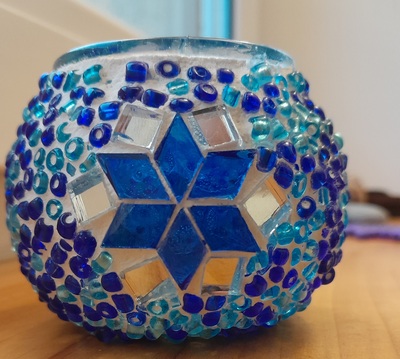
Ingredients
- A set of wordwall cards with the vocabulary such as Christmas words, fruit or animals or the physical cards such as those used here in the unit on farm animals.
Procedures
- The teacher introduces and practices vocabulary first and make sure the kids are familiar with them.
- The teacher shows the kids different variants, introduce the idea of ‘one’ and ‘many’ or ‘one’, ‘two’ and ‘many’.
- In the offline classroom, the teacher shuffles the cards, looks at one of them in secret and says: ‘I can see some pens. One pen or many pens?’ with the gestures.
- The kids are guessing and after a while the teacher shows everyone the card and asks the question again: ‘One pen or many pens?’. The kids answer and if the card shows ‘many’, they also count how many exactly.
- If the game is played online, there is side A of every card that presents the word and side B with the actual visual with the answer. When the kids have shared their guesses, the teacher flips the card and asks the question again.
Why we like it?
- It is a simple yet effective activity that helps to practice any vocabulary. We usually use it in the second or third lesson of the new unit.
- It is a real game as it includes the element of luck and anyone can guess it as well as the element of logic if you try to remember which cards you have seen (there is only one of each).
- The number of items can be adapted ie only a set of five words, with two (one pencil, many pencils) or with three (one pencil, two pencils, many pencils) variants for each word.
- We use gestures to clarify the meaning, to support production or, even, to answer, as some kids use words and gestures when they guess. I have used the following gestures: one – the index finger up, two – the index and the middle finger together up, many – all the fingers of one hand, up and moving.
- It is not competitive as we never count the points for the correct answers and its pace is so fast that the kids do not have the time to focus on the cards that they got wrong or didn’t guess which also helps them to learn to win and to lose.
- It can help practise singluar and plural forms of all the nouns and structures. So far, I have used it to reinforce the knowledge of the vocabulary only, there is some potential for adding structure here, too, for example is / are.
- This game can be used to practise the plural form but we have actually learnt and used the singular and plural forms through playing the game. This concept was not introduced separately before.
- It works well with individual students as well as with groups as all the kids can guess at the same time before the teacher reveals the card. I have been using it with my pre-primary students but, I suppose, the younger primary would enjoy this activity, too.
- The game is open-ended, it does not have any specific number of rounds that have to be played or a definite end. The teacher can stop it at any given point, before the kids get bored.
- The physical cards can be easily produced, using the google images and clip art and copying and pasting. To make them more effective, I used to glue them on some coloured paper, in order to make them more durable and to make sure that the kids can’t see through the pictures. It is important that all the cards have the same size and that they have the same colour.
- Last but not least, my students really like it and this game has become one of our Bread and Butter set. We play it in every unit, with new vocabulary)
Happy teaching!